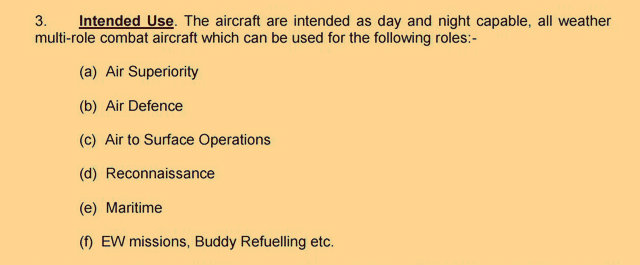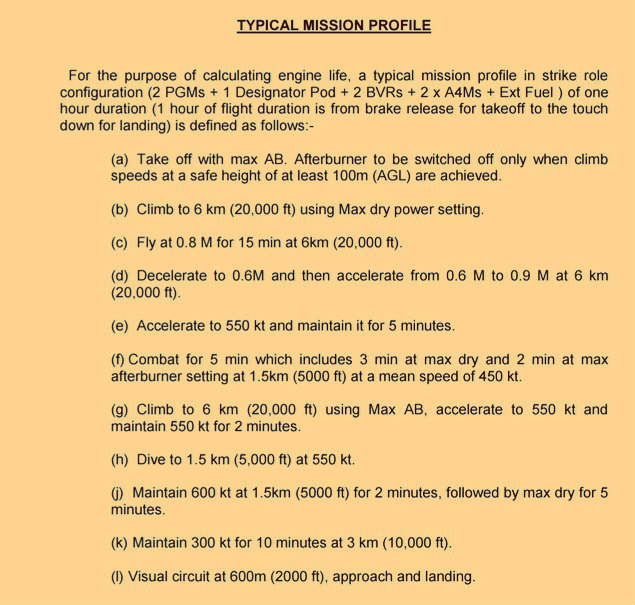Glavin: Justin Trudeau's trip to India could hardly be going worse
...nobody seems quite sure why Trudeau is travelling around India with his wife and his children and an entourage of cabinet ministers and MPs and various officials and a celebrity chef from Vancouver.
It has struck the BBC’s Ayeshea Perera that the point of it “appears to be a series of photo ops cunningly designed to showcase his family’s elaborate traditional wardrobe.” There sure doesn’t seem to be much business to attend to. A half-day here, a meeting there, perhaps a whole day all told out of an eight-day state visit set aside for what you might call state business.
Straight away, the tone was just weird.
There he was with his wife Sophie Gregoire and their children, Ella Grace, Xavier and Hadrien, at one mood-setting location after another, posing. And in elaborate costume. Different location shoot, a different costume. Oh look, here they are at the Sabarmati Ashram in Ahmedabad. And now they’re at the Mathura Wildlife Sanctuary, with the elephants Maya, Bijlee and Lakshmi!
The Taj Mahal, the Jama Masjid, and then Mumbai, with movie stars. Hey, who’s that posing for a photograph with Sophie Gregoire? Oh my goodness it’s convicted Khalistani would-be assassin Jaspal Singh Atwal, the triggerman in the attempted murder of Punjab cabinet minister Malkiat Singh Sidhu on a backroad on Vancouver Island in 1986, when Sidhu was in Canada to attend a nephew’s wedding.
And oh, look, there he is again, in another photo, posing with Edmonton member of Parliament and Infrastructure Minister Amarjeet Sohi.
Crikey, this is awkward. Trudeau and Defence Minister Harjit Sajjan had just managed to finagle a meeting with the notoriously paranoid Punjab Chief Minister Amarinder Singh, a military man who had made a name for himself in Canada by accusing Canada’s Sikh MPs and cabinet ministers of Khalistani terrorist sympathies. The meeting had gone well. Everything seemed to be going swimmingly. Bygones, bygones. And then Atwal shows up.
The posed photos were one thing. But what do you know, in Atwal’s possession was an embossed invitation from the Canadian High Commission to attend a dinner with Trudeau and his ministers and all the other bigshots, in Delhi, on Thursday night.
Great. Just great.
It is worth keeping in mind that Trudeau didn’t have much else to do in India that was more important than disabusing everyone of the misapprehension that Canada was becoming a safe haven for Khalistani whackjobs again. Trudeau’s one big job was to convince Singh and Prime Minister Narendra Modi and everyone in between that Canada’s Liberal government was not backsliding to the ethnic-bloc politics of the 1980s.
Apart from posing for photos and sightseeing and attending a few meetings, the only thing Trudeau really needed to do was persuade India that despite appearances, Canada wasn’t returning to the days when Liberal politicians were happily oblivious to the theocratic-fascist Khalistani movement, which wants an independent Sikh homeland, had set itself up in Canada, with its dreams of carving out a Sikh state from the Indian portion of ancient Punjab, and its “government in exile” in Vancouver...
Two years ago, the Khalsa Darbar gurudwara in Mississauga decided that the temple would be forthwith off limits to Indian diplomats. The pretext was some row involving the visit of a diplomat accompanied by an RCMP security detail. The diplomat-barring quickly became a diplomat boycott involving 14 Sikh temples in Ontario. Within months, the boycott had spread to Sikh temples across the United States, Britain and Australia.
At the conclusion of his meeting with Trudeau and Sajjan, Chief Minister Singh gave them both a list of nine Canadians alleged to be involved in terrorist activities and “hate crimes” inspired by militant Khalistani politics.
The list almost certainly contains the same names that Indian officials had already passed on to the Canadian High Commission. The
individuals, from Vancouver, Surrey, Brampton and Toronto, whose whereabouts are unknown, are alleged to be fundraisers and gunrunners for Khalistani terrorists. The men are associated with the Khalistan Zindabad Force, listed as a terrorist entity by the European Union, the Khalistan Liberation Force, a Pakistan-based group that has carried out a series of assassinations in Punjab over the past two years, and Babbar Khalsa International, listed as a terrorist entity in Canada [emphasis added]...
In this handout photo released by the Amritsar District Public Relations Officer on Feb.21, 2018, Prime Minister Justin Trudeau (R), along with his wife Sophie Gregoire Trudeau (L), daughter Ella-Grace (2nd L) and son Xavier (2nd R) pose for a family photo as they pay their respects at the Sikh Golden Temple. HANDOUT / AFP/Getty Images
In this photograph released by the Amritsar District Public Relations Officer on February 21, 2018, Prime Minister Justin Trudeau (L) meets with Punjab Chief Minister Amarinder Singh in Amritsar. HANDOUT / AFP/Getty Images
http://ottawacitizen.com/opinion/columnists/glavin-justin-trudeaus-trip-to-india-could-hardly-be-going-worse





